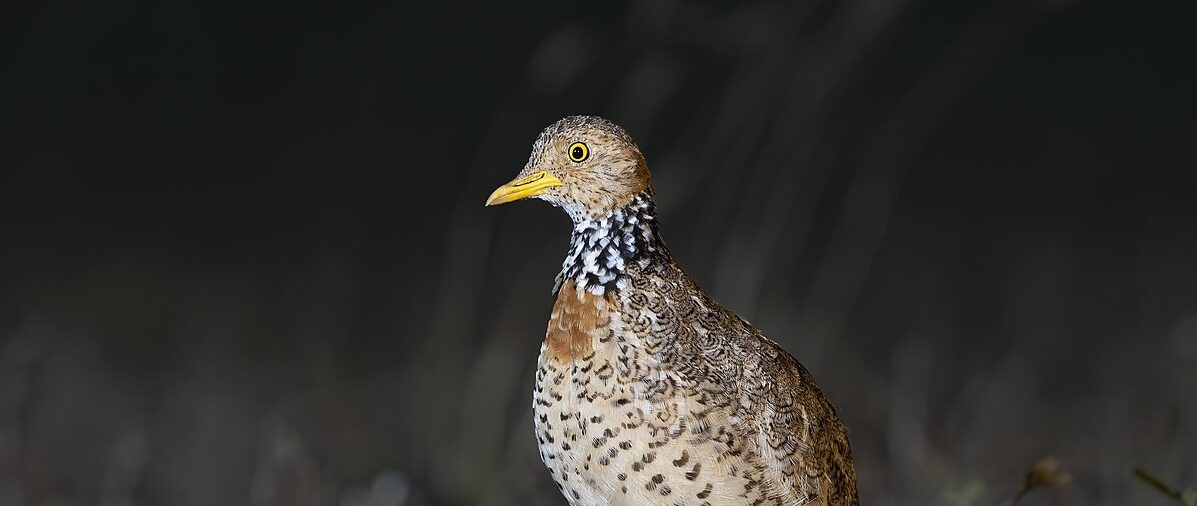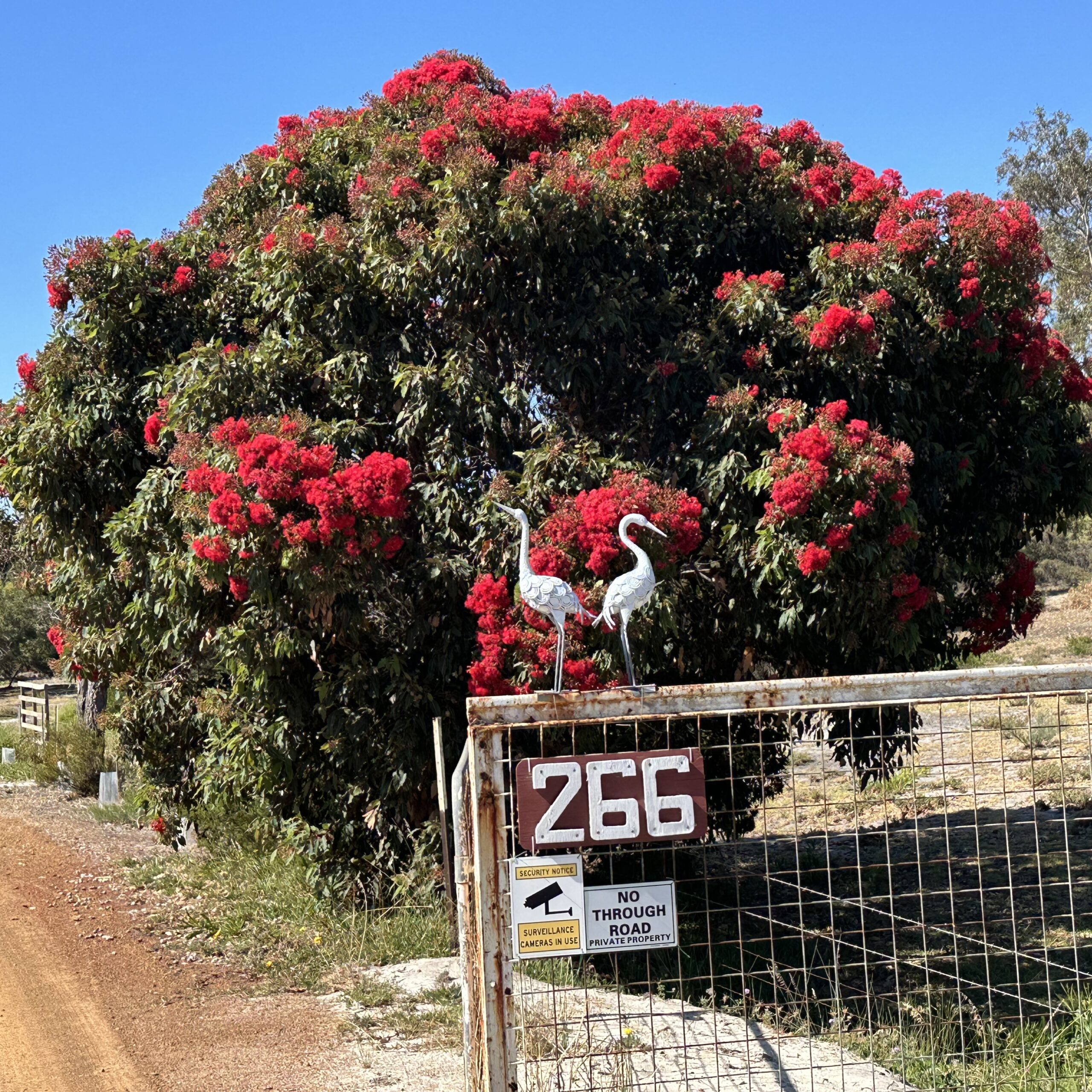The ‘Goldilocks bird’ Plains-wandererPhoto credits: JJ Harrison/Wikipedia The plains-wanderer (Pedionomus torquatus) is a unique and enigmatic native Australian bird. As the only species of the ‘Pedionomidae’ family, despite its quail-like appearance, these birds are believed to be more closely related to a group of South American shorebirds. Standing 15–19cm tall,...
We are set to begin another summer season, and shark nets have been installed on Newcastle, Sydney and Wollongong beaches since September as they have been every summer since the late 1930s. Today another batch of lethal nets go in on the NSW North Coast. Under the law the North Coast nets are different. They have only been in use since 2016 and because they are a new action causing harm to endangered species they should be subject to federal environmental impact assessment and approval under the Environment Protection and Biodiversity Conservation Act 1999. Instead, Federal Environment Minister Josh Frydenberg has chosen, for the second time, to grant the NSW Government a highly questionable exemption from the environmental scrutiny normally required under the law.
The exemption the Minister uses is one which is supposed to be reserved for national security and defence emergencies. Humane Society International accuses the Minister of grossly misusing this exemption in order to subvert the law and to duck the responsibility he has to protect endangered species.
The last trial of North Coast nets from November 2016–May 2017 was an ecological disaster, with a massive level of bycatch and very low number of target species caught. The bycatch predominantly comprised of harmless and threatened species. This has been a typical catch ratio for the shark nets used elsewhere on the NSW coast for decades, so why do a trial? What real scientific grounds does the Minister have to think that the results will be any different in the next two years? The trial is unwarranted. In truth, it’s a fake intended to provide political cover to a federal minister and a NSW minister unwilling to show leadership and stand up to shark hysteria in the media.
Both ministers are choosing to set aside science which says the nets pose a risk to grey nurse shark recovery. Grey nurse sharks are a critically endangered species under both NSW and federal law.

Non-lethal technologies are more effective at protecting surfers and swimmers and the marine life in our oceans.
National economic impact is listed as one of the main reasons for installing the North Coast shark nets, however quantifying such an impact is largely impossible. This was admitted last week by the Department of the Environment at a public hearing for the Senate Inquiry into shark nets. Under questioning from its Chair, Greens Senator Peter Wish-Wilson, the Department admitted that despite the Minister using economic impacts to invoke his use of the national emergency exemption, the Department had not undertaken any modelling of the economic impact of shark nets versus not having shark nets or having non-lethal shark protection measures. You’d think use of such a major exemption to allow serious environmental harm would have at least required a proper consideration of the economic harm to weigh it up against it. Nope.
Minister Frydenberg notes in his statement of reasons for granting the exemption that the public fear of shark interactions, intense media interest around shark interactions, and public perception about shark mitigation measures have created a risk to the nation’s tourism economy. Humane Society International says that tabloid and shock jock media must take the responsibility for that. How many sensational news reports are there for the far greater number of fatalities on our shores due to drownings? In any case there are plenty of non-lethal technologies that are more effective at protecting surfers and swimmers and the marine life the tourists come to see in the first place!
Shark nets are indiscriminate, outdated and ineffective, and come at a huge cost to our marine life. Bust the myths and check the facts below:
Myth 1: Shark nets form a complete barrier between us and sharks.

Image: No NSW Shark Cull
Shark nets do not provide a complete barrier across a beach. Sharks can swim above and under a net, and most sharks captured on nets are caught coming back from the beach. Shark mesh nets in NSW and Queensland are 150m long, but our beaches run for kilometres. Recent studies by Deakin University state that shark nets may actually have a reverse effect on swimmer safety, making the public feel safer and as a result behave with less caution.
Myth 2: Shark nets provide 100% protection from the risk of shark bite.
There are many national and international scientific studies that show that killing sharks in nets and on drumlines does not reduce the already low risk of a shark bite. In fact, research conducted in 2009 shows that 65% of shark bites occurred on beaches in NSW that had shark nets in place. Plus, what is important to note is that the majority of beaches in NSW and QLD that now have nets or drumlines did not have any incidences of shark attacks before the installation of the shark control programs.
Myth 3: Shark net bycatch is negligible and is not as bad as commercial fishing.
Over the life of the Queensland and NSW shark control programs, tens of thousands harmless and threatened species have been killed. And the bycatch from nets and drumlines CAN be worse than commercial fisheries. Between 2010 – 2016, tiger shark mortality from the drumlines and euthanasia aspect of the Great Barrier Reef Shark Control Program was more than twice the amount of tiger shark mortality from commercial fisheries within the marine park.
In last year’s NSW meshing season six critically endangered grey nurse sharks, six marine turtles, almost 200 rays, and over 70 hammerhead sharks were killed. We cannot afford to keep losing these species in such numbers every year if we want to see them survive in the long-term. Although the numbers may not be considered as significant as some other impacts on our marine environment, such as over fishing and marine bycatch, we have to consider shark meshing as part of an accumulation of threats that are significantly harming our marine ecosystems and the species within them.

Infographic: Red Cloud Design – earth healing
Myth 4: Shark nets are better than non-lethal technology at providing protection from sharks.
There are many emerging technologies that do not come with the high cost to our marine life that our governments can look to provide for peace of mind and to lessen the possibility if a shark interaction. Western Australia has moved away from shark killing policies to effective, ecologically-focussed technology such as eco-barriers. Also, better public education around our sharks and our important marine environment is a must.
The onus should be put on the public when entering the water to take responsibility for their safety. Swim between the flags at patrolled beaches and don’t swim or surf at dawn or dusk, or after big storms. Protect yourself with personal deterrent devices like the shark shield, shark banz and new wetsuit and surfboard designs which are proving effective to reduce the possibility of a shark interaction.
Myth 5: Shark populations are increasing and we need to cull them.
Sharks are one of the most threatened groups of animals in the world and there is currently no scientific evidence to show that shark populations both in Australia and internationally are increasing. Even the great white shark is a threatened species that is protected under Australia’s federal legislation, yet 14 were killed last shark meshing season.
Sharks are apex predators, and are crucial to healthy oceans but shark nets, overfishing and habitat degradation are all contributing to the loss of these species. Instead of encouraging ineffective culling programs like nets and drumlines, we should be progressing to a more responsible way to promote ocean safety and protect our important marine life.


